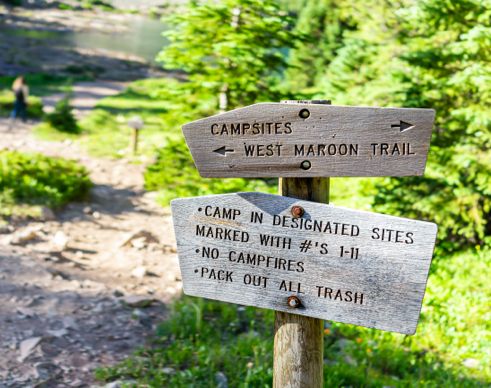Despite the name "National Forest," this 116,000-acre national preserve is largely a representation of the Nebraska Sandhills prairies. There is year-round camping available at Steer Creek Campground, which has 23 sites, eight horse corrals, and a 1-mile nature hiking loop. Visitors enjoy horseback riding, mountain biking, hiking, fishing, hunting, cross-country skiing, and photographing wildflowers. Nearby, the Niobrara River Canoe Launch is a day-use site for launching small watercraft, and you can also fish in the Merritt Reservoir.
Activities in Samuel R. McKelvie National Forest
Popular uses of the forest include hunting, fishing, horseback riding, camping, and bird watching. Hunting is allowed within the appropriate seasons across Nebraska's national forests. Hunting opportunities are available across the Nebraska National Forests. Hunting seasons, permits, and rules are managed by Nebraska Game and Parks. There are many opportunities to fish throughout the national forest for species like trout, perch, northern pike, and crappie.

-
Nature Watching

You will find pronghorn antelopes, mule deer, white-tailed deer, coyotes, and foxes within the Samuel R. McKelvie National Forest. There are around 150 species of birds known to inhabit the forest, including pheasant, grouse, hawk, and wild turkey.
-
Identifying Flora

The national forest is a combination of trees and prairie grasslands. Most of the forested areas are manmade and have been planted by hand since the forest was established in 1902. These planted trees include Scots pine, eastern juniper, and ponderosa pine. The prairie grass contains some of the highest grass protein in the world.
-
Geocaching

Geocaching is allowed in any national forest. The Merritt Reservoir is nearby and provides exceptional stargazing on clear nights.
How to get to Samuel R. McKelvie National Forest
Address: 25 North Main Street, Chadron, NE 69337
Fee: Day Use Fee $0
There are many outdoor recreational activities available within the Samuel R. McKelvie National Forest in north-central Nebraska. The habitats are varied and include prairies, forests, lakes, and rivers. Visitors can have fun on the water and on land equally during all seasons. The national forest is large and is close to several interesting sites, like the Black Hills of South Dakota and the Niobrara River in northern Nebraska. Taking an RV road trip is a prime way to see and to fully experience all that the Samuel R. McKelvie National Forest has to offer.
Frequently Asked Questions About Samuel R. McKelvie National Forest
Can you kayak, canoe, or raft in Samuel R. McKelvie National Forest?
Yes, you can kayak, canoe, and raft in the Samuel R Mckelvie National Forest. There are lakes and streams, and Merritt Reservoir is a great place to spend a day on the water.
Does Samuel R. McKelvie National Forest offer free camping sites?
Yes, Samuel R Mckelvie National Forest offers free camping. You can dispersed camp throughout the forest. Dispersed camping requires campers to bring everything they need with them - there are no amenities - and to pack everything out when they leave.
Is there a limit to how long you can camp in Samuel R. McKelvie National Forest?
Yes, there is a limit to how long you can camp in Samuel R Mckelvie National Forest. Dispersed camping is allowed at one location for up to 14 days before you must move, and you may camp a total of 30 days per year within the forest boundaries.
What type of wildlife lives in Samuel R. McKelvie National Forest?
Wildlife living in the Samuel R. Mackelvie National Forest includes deer, pronghorn antelope, coyotes, and foxes. There are over 150 species of birds that inhabit the forest as well.
What is the closest town to Samuel R. McKelvie National Forest?
Valentine, Nebraska is one of the closest towns to Samuel R. Mackelvie National Forest. Valentine has restaurants and stores where campers can restock supplies or buy new ones to continue on their trip.




